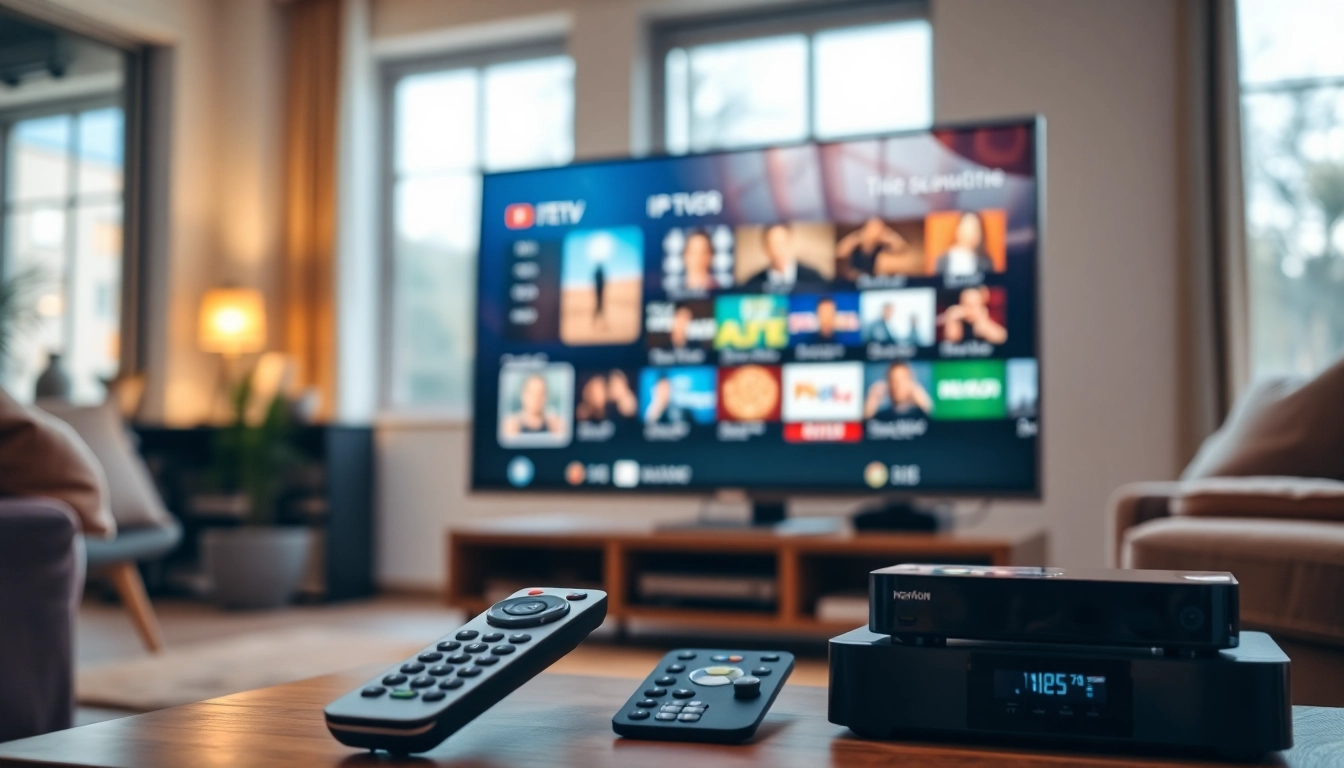Understanding the Basics of Projectors
As technology continues to shape how we communicate and present information, projectors remain essential tools in educational, corporate, and entertainment environments. A projector can enhance the delivery of visual content, making it crucial for engaging presentations. To understand their impact, let’s explore how projectors work and the various types that exist in the market today.
What is a Projector?
A projector is a device that takes an input image or a video signal and projects it onto a surface, typically a screen. This allows for large-scale viewing of audio-visual content, which is particularly useful in settings such as classrooms, boardrooms, or even home theaters. In essence, projectors serve as a bridge between digital content and a physical display, facilitating better communication through visual aid.
Types of Projectors Explained
Projectors generally fall into several categories based on their technology and usage scenarios. The primary types include:
- LCD Projectors: Utilizing liquid crystal display technology, these projectors offer prominent color accuracy and brightness, making them ideal for presentations in well-lit environments.
- DLP Projectors: Digital light processing projectors are known for their vibrant colors and smooth video playback, due to the use of micro-mirrors that reflect light. They are widely used in cinema and home entertainment.
- Laser Projectors: These utilize laser technology to produce bright images and are increasingly popular because of their longevity and reduced maintenance requirements.
- LED Projectors: Energy-efficient and compact, LED projectors leverage light-emitting diodes to create images, offering a longer lifespan and lower heat generation.
- Ultra-Short Throw Projectors: Designed to be placed very close to the screen, these projectors are perfect for small spaces and prevent obstruction of the image.
Key Features to Consider When Buying a Projector
Choosing the right projector requires understanding several critical features:
- Brightness: Measured in lumens, brightness is crucial for visibility in various lighting conditions. Higher lumens count is better for well-lit environments.
- Resolution: Higher resolution provides clearer images. Common resolutions include SVGA, XGA, HD, and 4K.
- Contrast Ratio: This defines the difference between the darkest black and the brightest white a projector can produce, influencing picture quality significantly.
- Portability: For those who travel frequently, weight and size become essential factors, impacting the ease of setup and transportation.
- Connectivity Options: Check for compatibility with various devices, including HDMI, USB ports, and wireless connectivity options.
Choosing the Right Projector for Your Needs
Identifying Your Presentation Requirements
The right projector largely depends on your specific presentation requirements. Consider the type of content you’ll be projecting. For instance, if you primarily show charts and text-heavy slides, a model with high brightness and adequate resolution might be necessary. Conversely, if you’re presenting videos or images, contrast ratio and color accuracy become more critical. Understanding your audience’s environment and engagement level will also help pinpoint the features you need.
Portability vs. Performance in Projectors
In deciding between portability and performance, assess where you’ll primarily use your projector. For professionals who frequently present in different locations, a lightweight, portable model is essential. However, if your presentations are primarily held in fixed locations such as a conference room, a more powerful projector with advanced features might be the better choice. Selecting a projector should reflect a balance between the performance you require and the portability that suits your lifestyle.
Comparing Projector Brands and Models
The projector market hosts various reputable brands, including Epson, BenQ, and Sony, each with unique strengths. Before making a purchase, conduct a brand comparison based on reliability, features, and after-sales support. Reading user reviews and expert opinions can provide valuable insight into the real-world performance of specific models, helping you make an informed decision based on your requirements and budget.
Enhancing Your Presentation Experience
Optimizing Projector Settings for Different Environments
Optimal projector performance can vary significantly depending on the environment. For outdoor presentations, adjusting brightness levels and ensuring the surface is suitable for projecting images is essential. In contrast, indoor settings might require tuning color settings and resolution for clarity. Many modern projectors come equipped with preset modes for different environments, allowing for a quick setup and ensuring consistent image quality.
Best Practices for Projector Maintenance
Maintaining your projector is crucial for prolonging its lifespan and ensuring optimal performance. Regularly check and clean the air filters, as dust buildup can lead to overheating. Additionally, keep the lens clean and avoid touching it directly to prevent smudging. Scheduling professional maintenance every few years can also help in identifying any underlying issues early on.
Common Issues and Troubleshooting Tips
Despite their reliability, projectors can sometimes face issues. Common problems include poor image quality, connectivity issues, or overheating. If the image appears blurry, consider adjusting focus and checking for lens obstructions. For connectivity issues, ensure cables are securely connected and check device compatibility. Overheating can be mitigated by maintaining proper ventilation; create an open space around the projector for heat dissipation.
Projector Technology Trends and Innovations
Laser vs. Lamp Projectors: Which is Better?
Laser projectors are increasingly becoming the preferred choice for many users due to their superior image quality, longevity, and reduced maintenance compared to traditional lamp projectors. Laser projectors can produce vivid colors and maintain brightness over time without the need for bulb replacements. While they may come with a higher upfront cost, the long-term savings on maintenance and replacement parts often justify the investment.
Future of Projector Technology in Business
As businesses evolve, projector technology is likely to adapt to enhance productivity. Innovations such as 4K resolution, augmented reality integration, and interactive features are anticipated to dominate the market. The rise of wireless presentations and cloud-based solutions also point towards a more seamless and efficient presentation experience. This evolution focuses not only on improving projection quality but also on enhancing collaboration among teams.
Key Players in the Projector Market Today
The projector market is competitive, with several key players contributing to the advancements in technology. Brands like Epson, Panasonic, and Optoma are known for their extensive product lines catering to various needs and budgets. Emerging brands are also making strides, focusing on niche markets such as portable projectors or high-end cinema solutions. It’s vital to keep abreast of new entrants and innovations, as they can offer unique features that enhance value.
Maximizing Engagement During Presentations
Utilizing Visual Aids Effectively with Your Projector
Visual aids can significantly enhance audience engagement when used effectively. Incorporate infographics, videos, and animations to keep your audience’s attention. Ensuring that these visuals directly relate to your message is crucial; they should enhance understanding rather than distract from the content. Limiting text and focusing on images can create more impact and retain audience interest.
Techniques to Enhance Audience Interaction
Engagement techniques, such as interactive Q&A sessions and live polls, can enhance participation and cater to audience feedback dynamically. Utilizing technology allows for real-time interactions, encouraging your audience to contribute actively. Additionally, incorporating storytelling techniques can help contextualize your presentation, bringing your ideas to life while fostering a connection with your listeners.
Measuring the Impact of Your Presentations
To understand the effectiveness of your presentation, gathering feedback is essential. Use post-presentation surveys to gather insights about audience engagement and comprehension. Key performance indicators, such as retention rates, audience participation levels, and overall satisfaction, offer valuable metrics to assess and enhance your future presentations. Evaluating this data allows you to refine your content and delivery style for greater impact.



